Anunderwater excavation of a 2,500-year-old shipwreck off the coast of Sicily has unveiled prehistoric tools and anchors, providing evidence of the trade between Italy and Greece.
The shipwreck, believed to date back to the fifth or sixth century B.C., was discovered near Ragusa, a city in southeast Sicily, Italy.
The Superintendence of the Sea (SopMare), a Sicilian governmental organization responsible for protecting ancient artifacts in sea waters, shared the news of the discovery on December 9.
- An underwater excavation off the coast of Sicily, Italy, revealed a series of prehistoric artifacts.
- The ancient lithics (stone tools) and anchor cores confirm historical trade between Italy and Greece.
- The operations are part of a project to preserve Italy's "submerged cultural heritage."
Divers in Italy have uncovered a 2,500-year-old shipwreck off the coast of Sicily
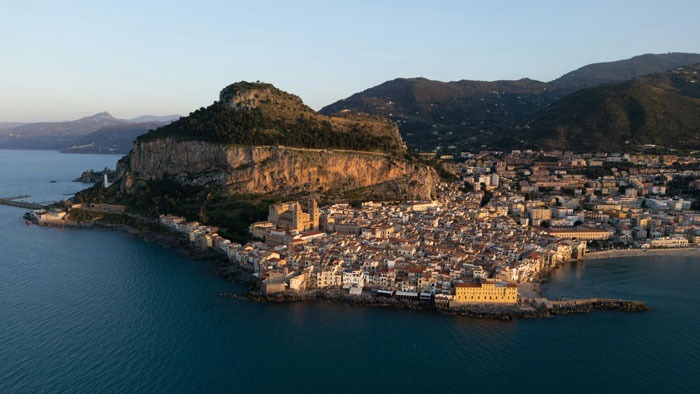
Image credits: Joshua Kettle / Unsplash (Not the actual photo)
The shipwreck was found “6 meters [19½ feet] deep, buried by sand and rocks,” according to a statement posted to SopMare’s Facebook page.
“The excavation revealed a hull built with the ‘on the shell’ technique, characterized by beam boards connected by inserts (tenons and mortise) which gave the structure a self-supporting function,” the statement continued.
Archaeologists found prehistoric lithics—or stone tools—near the wreck and anchors dating back to the seventh century A.D.
Image credits: Soprintendenza del Mare
“A few meters from the wreckage, two anchor cores were identified: two in iron of the type ‘T’ toppled, probably dating back to the seventh century A.D., and four lithics, from probably the prehistoric era.”
Experts will be able to gain a further understanding of the ship by analyzing the samples they collected. “Thanks to underwater photogrammetry, it was possible to generate a three-dimensional model of the waste, while the samples collected will allow further paleobotanical analysis to further study of the materials used.”
The excavation revealed prehistoric lithics (stone tools) and anchors dating back to the seventh century A.D.
Image credits: Soprintendenza del Mare
SopMare stated that the discovered tools and anchors “[witnessed] the trade between Greece and Sicily,” which have a long history of economic relations.
Trade and the search for raw materials, especially metals,first brought the ancient Greeks to southern Italy and Sicily in the ninth and eighth centuries B.C.
The excavation, which lasted three weeks, was reportedly carried out by the University of Udine and SopMare. The Italian Coast Guard assisted the operations by “providing technical and logistical support,” SopMare said.
Image credits: Soprintendenza del Mare
The operations are part of the Kaukana Project, which aims to reconstruct the coastal and submerged landscape of the ancient cities of Ispica, Kaukana, and Kamarina. This initiative is done in collaboration with the University of Udine and other Italian and international research institutions.
The project began in 2017. The recent operations, which concluded last September, marked the fifth excavation campaign carried out to preserve the “submerged cultural heritage.”
In March,SopMare announced the finding of a “practically intact” metal battle helmet in waters outside Vendicari, an island on Sicily’s southeast coast.
The centuries-old helmet, believed to have been made between the late 1400s and 1600s, was found 5 meters deep (16 feet) in the Ionian Sea.
The operations were carried out by Sicily’s Superintendence of the Sea (SopMare), the University of Udine, and the Italian Coast Guard
Image credits: Soprintendenza del Mare
Therelic had blended in with the rocks, as it was covered in masses of mineral cement.
“It is a type of helmet very widespread among the infantry of that period and also used by ship troops,” SopMare explained.
In October 2023, the organization announced theexcavation and recovery of a Romanshipwreck from the 3rd century A.D., known as Marausa 2.
“It carried a mixed cargo consisting of transport containers and a wide variety of objects. Numerous amphorae and high-value artifacts have already been recovered and transferred to the Baglio Anselmi Archaeological Museum in Marsala for initial conservation treatment.”
Posted by Soprintendenza del Mare on Monday, December 9, 2024
Poll Question
Thanks! Check out the results:
I hate to be that person but we were recording history long before that, so the word prehistoric does not apply. Ancient, yes. Prehistoric, no.
Well, at least they didn't put half the article behind a paywall.....yet.
I hate to be that person but we were recording history long before that, so the word prehistoric does not apply. Ancient, yes. Prehistoric, no.
Well, at least they didn't put half the article behind a paywall.....yet.

 Dark Mode
Dark Mode 

 No fees, cancel anytime
No fees, cancel anytime 






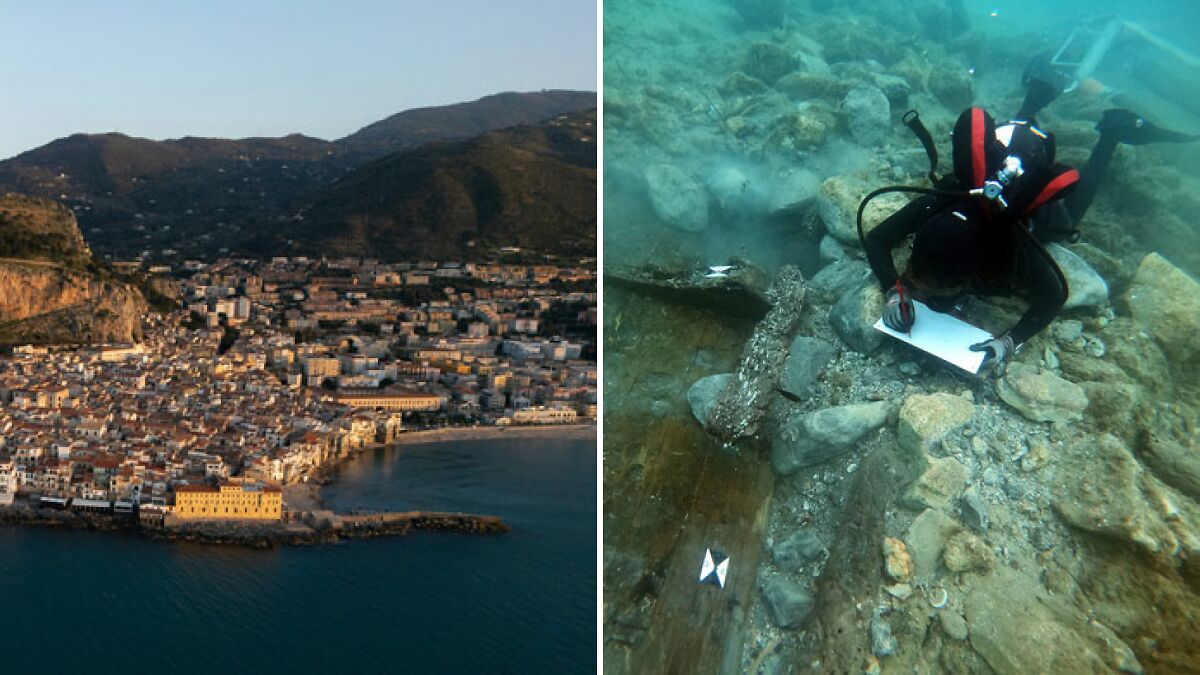
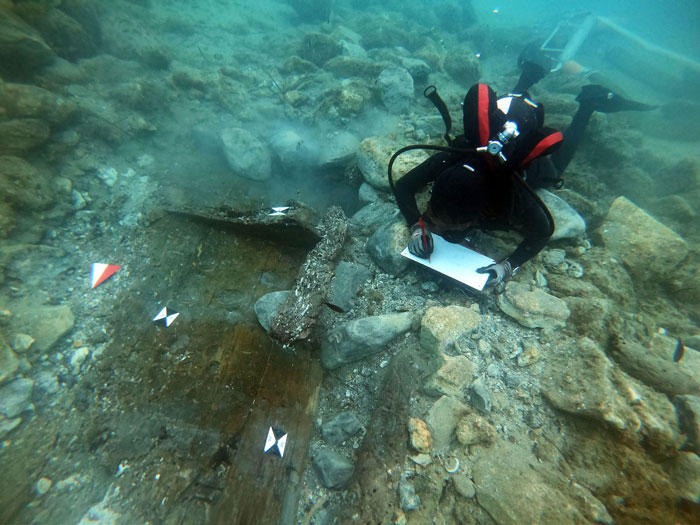
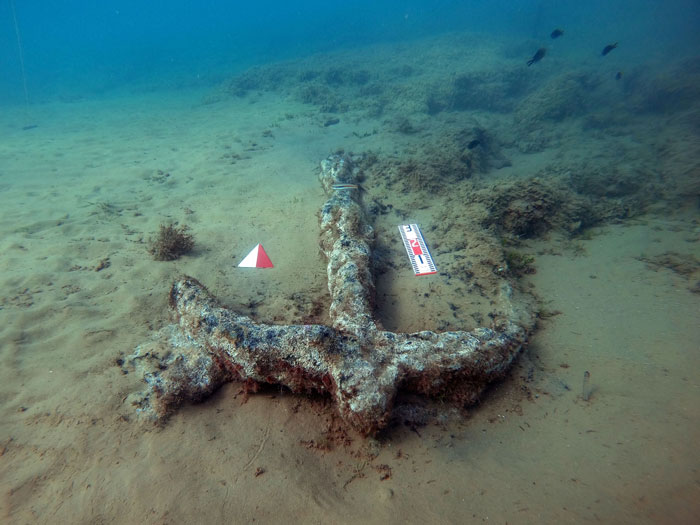
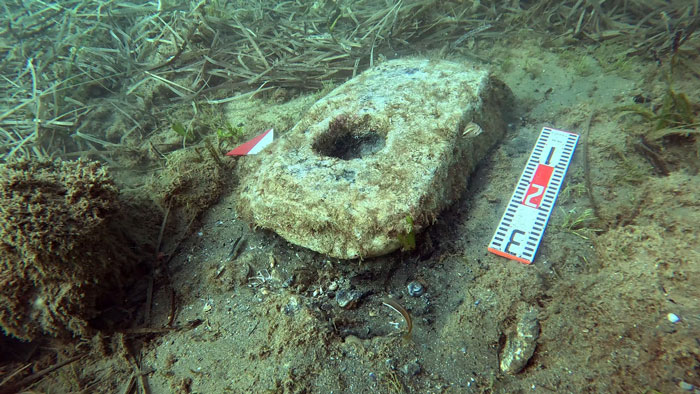













































41
8